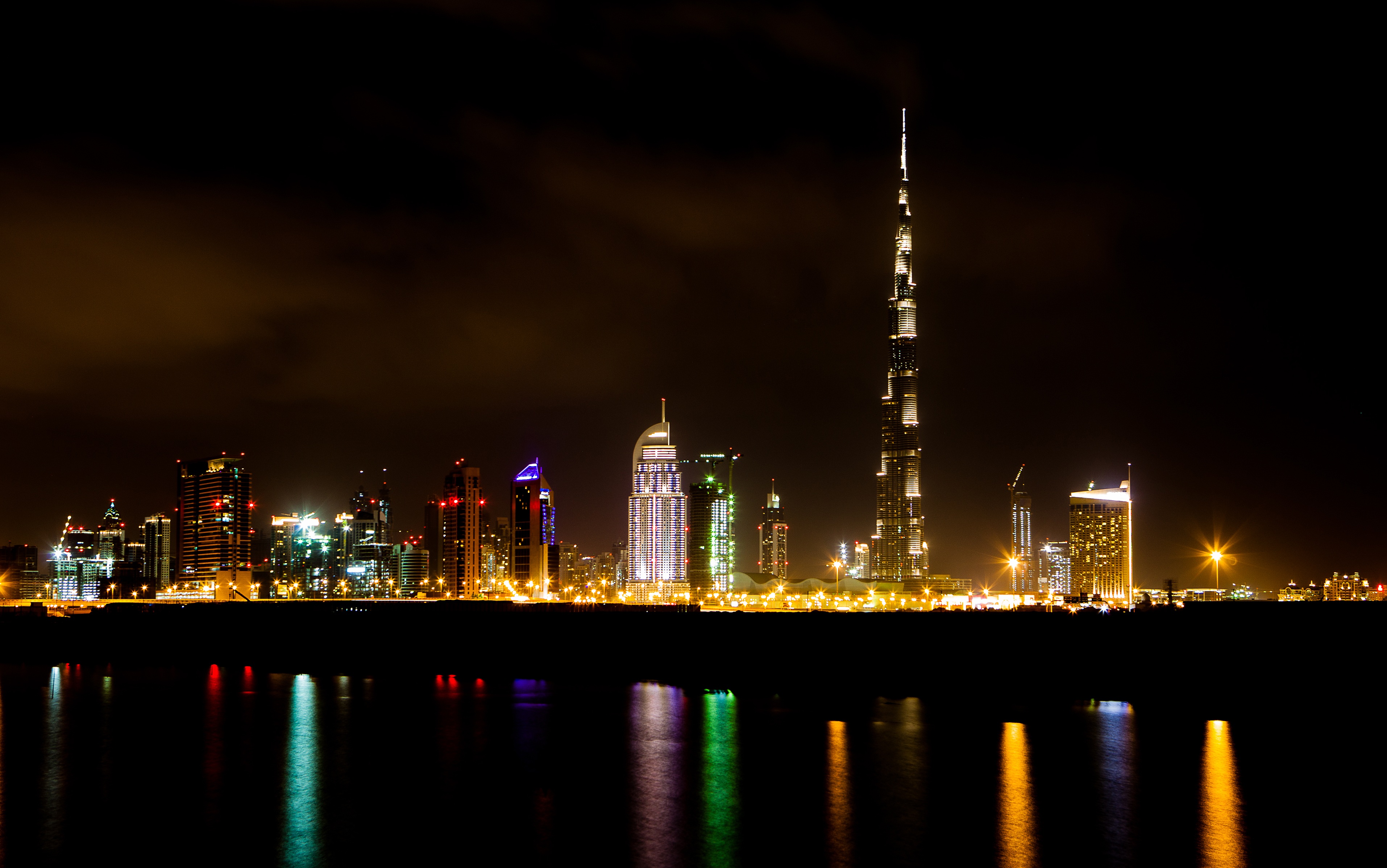
The inaugural flight, which took off recently, connects Dubai International Airport with the iconic Palm Jumeirah, a distance that would typically take more than 20 minutes by road. The aerial taxi reduces this travel time to a mere 10 minutes, offering a futuristic travel experience. The service, developed as part of Dubai’s ongoing drive to embrace cutting-edge technology, promises to revolutionise the way people navigate the city, providing an alternative to traditional ground-based transportation.
Equipped with vertical take-off and landing capabilities, the aerial taxi can operate in dense urban environments, allowing it to bypass traffic congestion and offering a level of flexibility that conventional taxis cannot match. The aircraft’s design includes features that ensure both comfort and safety for passengers, with the ability to fly in various weather conditions. The fully electric vehicle also contributes to reducing carbon emissions, aligning with Dubai’s commitment to sustainability.
This new transportation service is part of Dubai’s ambitious plans to establish a comprehensive air taxi network by 2030. The city has already made significant strides in this direction, with the aerial taxi project being just one of several innovations aimed at creating a smart and sustainable city. The Dubai government has been actively collaborating with international aviation companies to develop the necessary infrastructure for air taxis, including dedicated landing pads and air traffic control systems to manage the growing number of flights.
The aerial taxi service is expected to attract both residents and tourists, with Palm Jumeirah being a popular destination. The service is anticipated to enhance the tourism experience, allowing visitors to enjoy breathtaking aerial views of Dubai’s skyline, including landmarks like the Burj Khalifa and the Burj Al Arab, from a unique perspective.
The launch of the aerial taxi is also seen as a step towards reducing the city’s reliance on traditional ground transportation, which has been contributing to traffic congestion and air pollution. The electric nature of the aerial taxis is expected to play a key role in Dubai’s efforts to meet its environmental targets and reduce the carbon footprint of its transportation sector. The vehicles’ quiet operation further ensures minimal disruption to the surrounding environment, adding to their appeal for city living.
Dubai has been at the forefront of embracing new technologies, particularly in the fields of aviation and transportation. The successful launch of the aerial taxi is a testament to the city’s ambition to integrate futuristic transportation systems into its urban fabric. It also highlights the potential for other cities around the world to adopt similar technologies to improve urban mobility and reduce traffic congestion.
While the aerial taxi is currently in its early stages, Dubai’s long-term vision is to expand the service to more routes across the city, with the goal of eventually offering on-demand flights that can be booked through a mobile app. This would allow passengers to schedule flights based on their preferences, similar to how ride-hailing services like Uber operate today. The integration of artificial intelligence and advanced navigation systems is expected to make the service not only more convenient but also safer for users.
Topics
Live News
